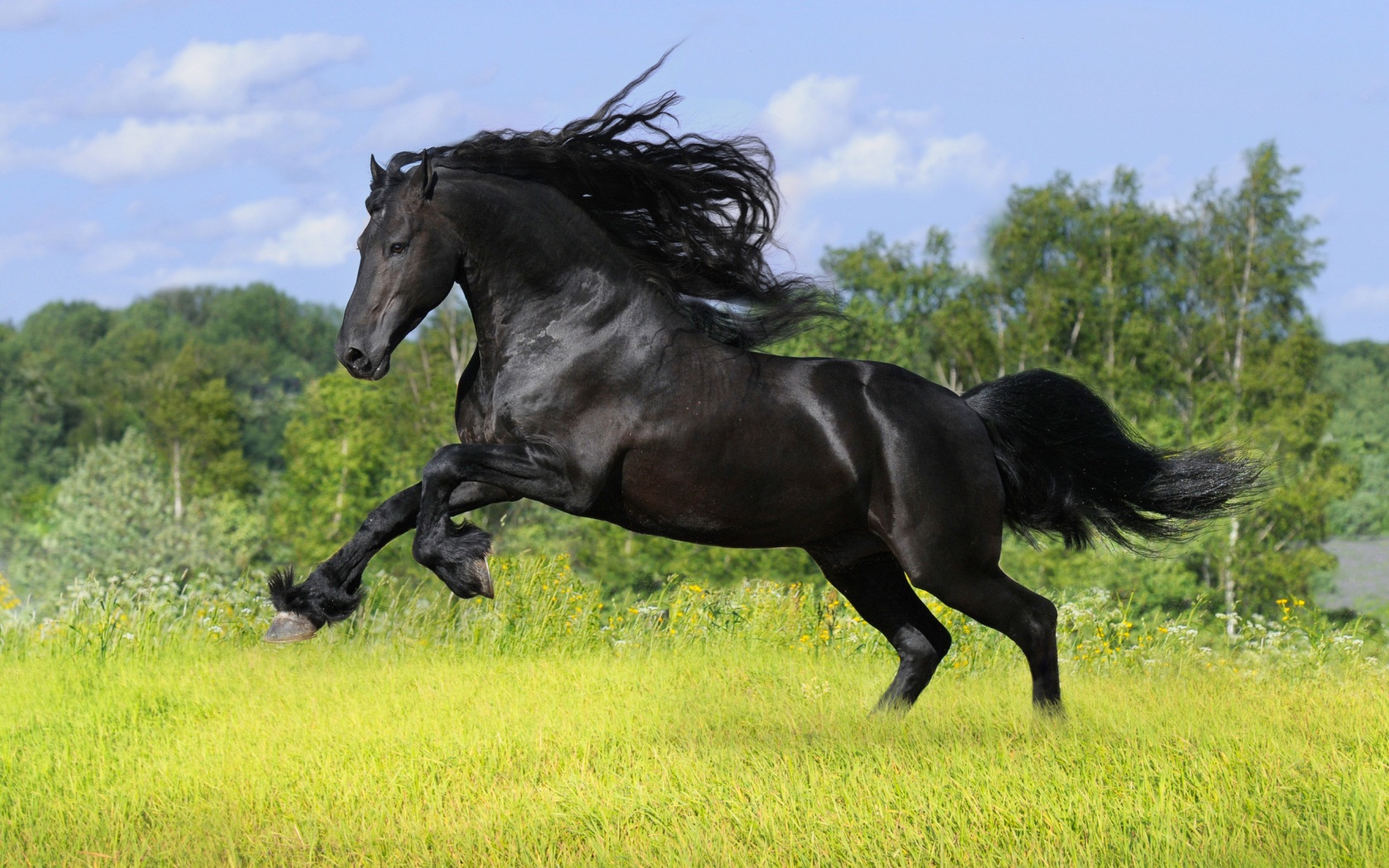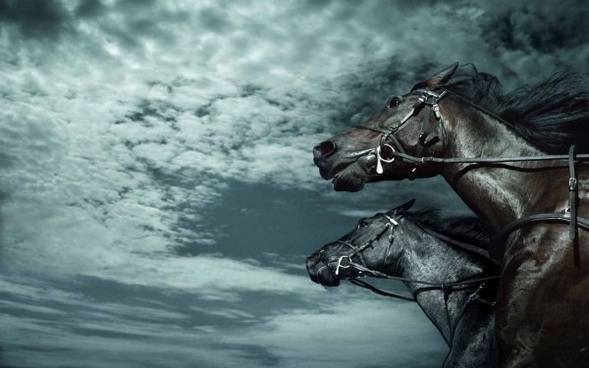Detox
THE FOUR DETOXIFYING EXCRETORY ORGANS
Everything a horse consumes can only be taken into the body ONE way: the mouth. However, the fact is that the body is supplied with four pathways for waste products, which emphasizes the need for quick removal of toxins from the body. The detoxifying organs are: the skin, lungs, intestines, and kidneys. The excretion of fat-soluble toxins and uric acid occurs in the skin, and gaseous detoxification in the lungs. The large intestine removes the fat-soluble toxins from the organism and the kidneys aid in freeing the metabolism from the water-soluble toxins.
One can compare the respiratory organs and digestive system of a horse with the air filter and injectors on a car. If the air filter is clogged and the injection is poor, the car will eventually have soot coming out of the exhaust: this is due to the disproportionate ratio of fuel and oxygen, which causes the car to “suffocate” and stop. This can be observed in a horse and its inability to “fully perform”. If oxygen levels and combustion are not ideal, and expelling of waste materials is inadequate, soot will appear. For a horse to “function” continuously, it has to be “fed with the right type of fuel”; hay,
whole oats, and water.
If a car that ideally runs on 95-unleaded oil is fueled with diesel, it will not work. If an equestrian horse is to be compared with a racecar, one would say high octane fuel is preferred. Similarly, if you have an equestrian horse and try various types of feed (fuel mixtures), you are most likely to be as careful as you would be with the fuel mixture for a formula one car, as there are very high stakes associated with the horse.
If a car that ideally runs on 95-unleaded gasoline is fueled with diesel, it will not work. If an equestrian horse is to be compared with a racecar, one would say high octane fuel is preferred. Similarly, if you have an equestrian horse and try various types of feed (fuel mixtures), you are most likely to be as careful as you would be with the fuel mixture for a formula one car, as there are very high stakes associated with the horse.
One can also compare the equestrian horse to a rental car one leases: you hire a coachman/jockey to do a “race,” who then returns the horse after. The formula 1 car has an entire “stable” to its disposal. The formula one car has a synonymous driver (coachman/jockey) that drives it through all races, has its own mechanic (trainer/tender) that knows exactly how it functions and is cared for meticulously by the same people who can recognize even the slightest disharmonious noise.If you hire a coachman/jockey for your “formula one”
horse it is not certain that he will recognize the “disharmonious noises”. He merely returns the horse after his assignment has been completed.



